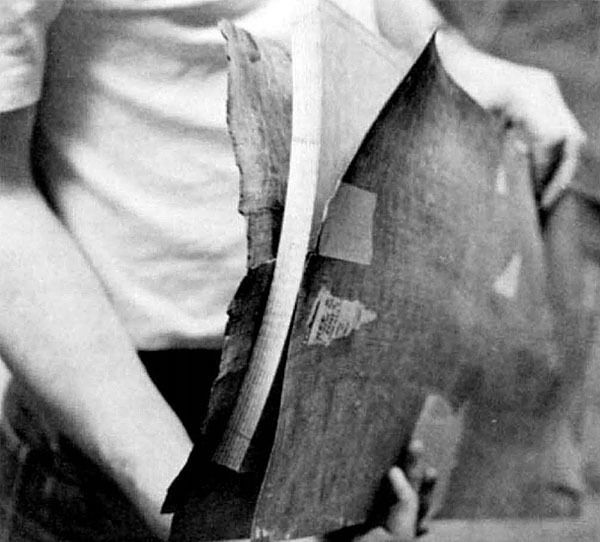
Synopsis: Professional woodworkers in the U.S. have been using birch plywood for a long time, but in 1975, it was not readily available to amateur woodworkers. In this short article, Paul Roman, editor and founder of Fine Woodworking, describes the appearance, properties, and uses of this versatile laminated material.
One noticeable difference between the average amateur and professional cabinetmaker is the use of one material — solid birch plywood. The professional is likely to have several varieties of it in his shop, the amateur none. That’s because it isn’t found at most lumber yards; but there are signs that it will become increasingly available.
Actually, it’s been in use here for decades. It’s known variously as Finnish, Swedish, Baltic, Arctic, and white birch. There’s also American and Japanese birch plywood, but it has a generally yellower, less regularly white finish.
Cabinetmakers like it because it has so many uses. In its thinner varieties of 1/8 to 1/4 inch it can be bent, and built up and glued into curved laminations either to use alone or as a base for veneering. It’s used for drawer bottoms, cabinet backs (and fronts), and even for turning. It combines the advantages of both plywoods and hardwoods, and unlike particle board, has edge gluing strength.
Birch plywood is easily recognized by its thin, evenly-spaced laminations, and the clear whiteness of its face. It comes in several grades and thicknesses (from 1/8 inch to well over an inch), and most commonly in the metric five-foot-square sheets. Depending on grade and source, it costs twice as much (and more) as fir plywood.
Finland has been the main supplier for many years. Now, some Russian birch is being imported under the Baltic Birch Trademark.
From Fine Woodworking #1
For the full article, download the PDF below:”
Fine Woodworking Recommended Products

DeWalt 735X Planer

Ridgid R4331 Planer

AnchorSeal Log and Lumber End-Grain Sealer






















Log in or create an account to post a comment.
Sign up Log in